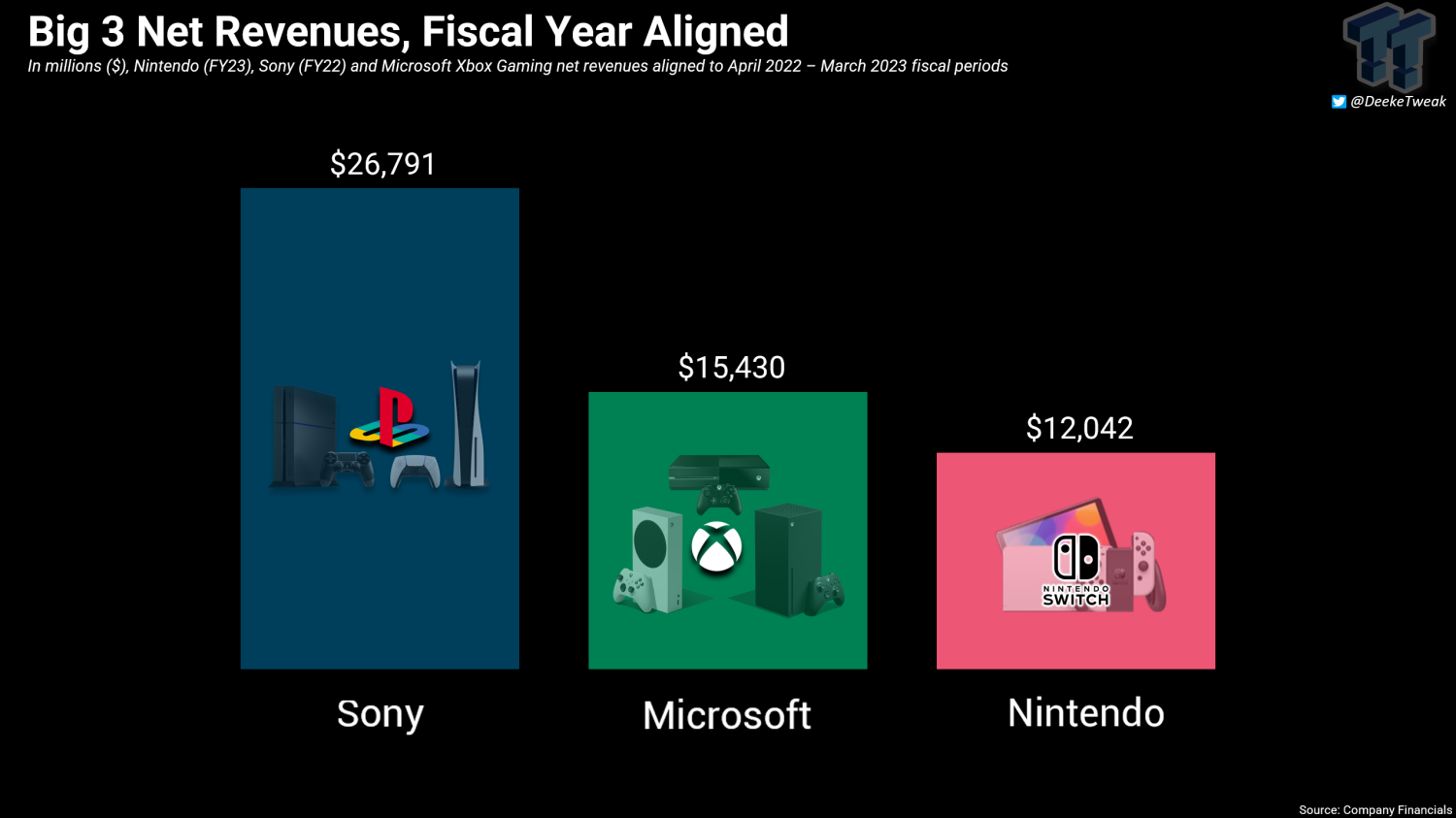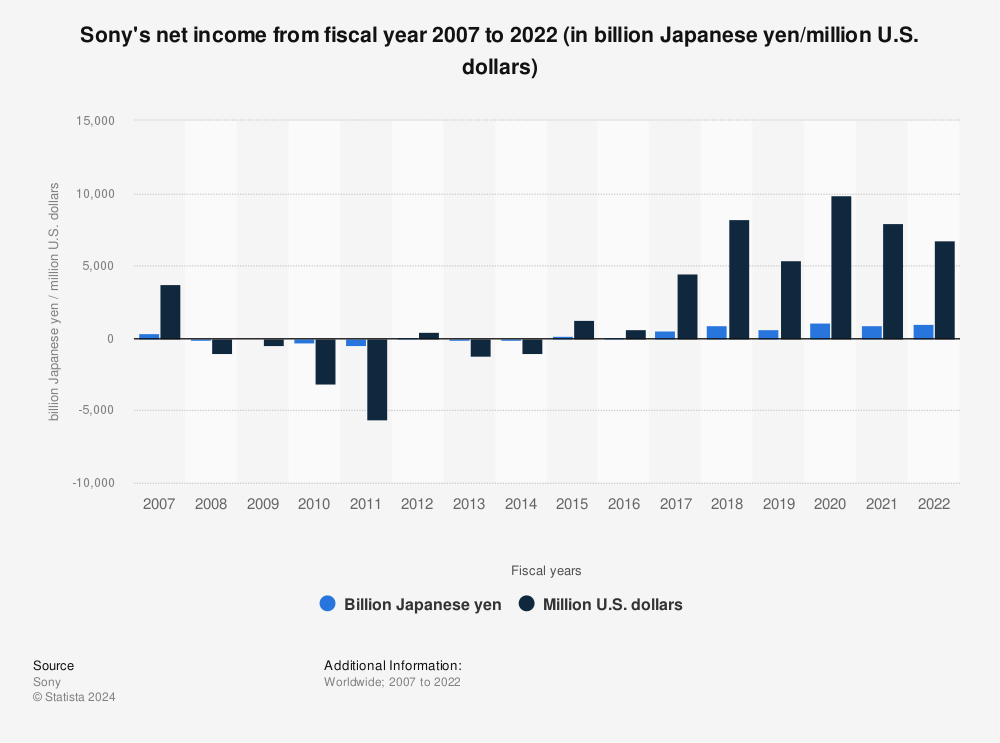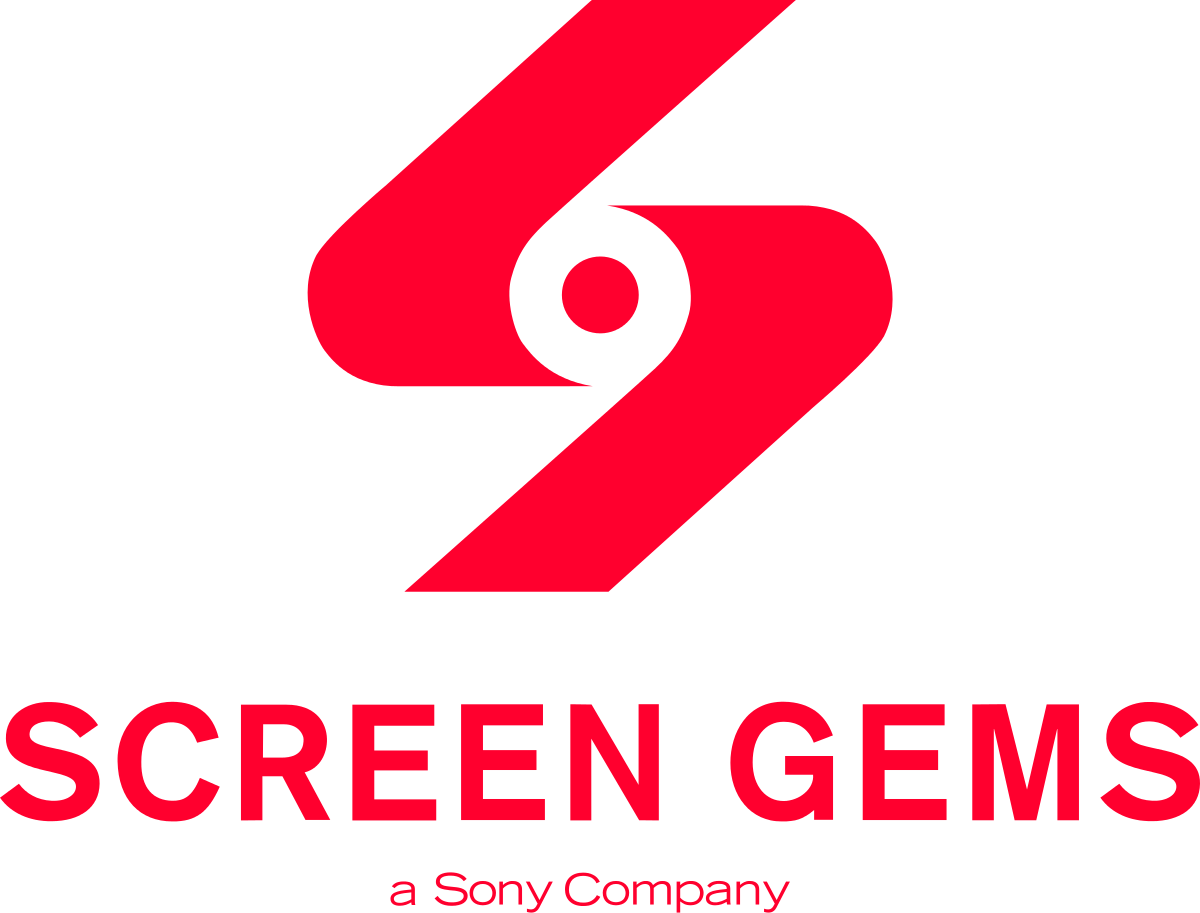Topic founders of sony: Discover the visionary journey of Masaru Ibuka and Akio Morita, the dynamic duo who founded Sony, transforming it from a modest Tokyo startup into a global electronics giant, redefining the landscape of modern technology.
Table of Content
Who were the founders of Sony?
The founders of Sony are:
- Masaru Ibuka
- Akio Morita
They founded the company under the name Tokyo Tsushin Kogyo KK, which later became known as Sony.
Masaru Ibuka, one of the founders, drew up the Founding Prospectus of Tokyo Telecommunications Engineering Corporation in January 1946, which serves as the origin document of the company.
Early Beginnings of Sony
Sony\"s inception dates back to post-World War II, 1946, when Masaru Ibuka began an electronics shop in Tokyo\"s Nihonbashi area. The company, initially named Tokyo Tsushin Kogyo, started with a modest capital of ¥190,000 and a team of eight. This venture marked the origin of what would become a global electronics empire.
The turning point came when Akio Morita joined Ibuka, combining their talents to steer the company towards innovative heights. Their first notable achievement was Japan\"s first tape recorder, the Type-G. This innovation was a precursor to a series of technological advancements that would define Sony.
The duo\"s foresight in branding and global market expansion led them to rename their company \"Sony\" in 1958. The name, derived from \"sonus\", the Latin word for sound, and \"sonny\", a term used in 1950s America, reflected their ambition to be at the forefront of the audio technology industry. This decision was pivotal in establishing Sony as a recognizable and influential global brand.
Sony\"s journey from a small shop in Tokyo to a leading multinational conglomerate is a story of vision, innovation, and relentless pursuit of excellence. The founders\" legacy continues to inspire new generations in the technology sector.

Masaru Ibuka: The Visionary
Masaru Ibuka, born on April 11, 1908, in Nikko, Japan, was not just the co-founder of Sony but a true visionary who revolutionized consumer electronics. His academic journey culminated in a degree in engineering from Waseda University in 1933, laying the foundation for his future endeavors.
Ibuka\"s early career saw him engaged in the development of sound recording technology for films. This experience proved invaluable as he later transitioned to founding Tokyo Tsushin Kogyo, later known as Sony, in 1946 alongside Akio Morita. Their first product, an electric rice cooker, may not have been a commercial success, but it marked the beginning of a legacy of innovation.
Under Ibuka\"s guidance, Sony introduced Japan\"s first tape recorder in 1950. This was followed by a series of pioneering products, including Japan\"s first transistor radio in 1955, and the world\"s first transistor television in 1960. But perhaps his most significant contribution was his foresight in embracing transistor technology. In 1954, Ibuka secured a license for the transistor patent from Western Electric, a move that would lead to the creation of the iconic Sony transistor radio.
Ibuka\"s influence extended beyond product development. He was a proponent of early childhood education, believing it to be crucial for fostering creativity and innovation. His books, \"The Zero-Year Child\" and \"Kindergarten Is Too Late,\" reflect his philosophy on the importance of early education.
As a leader, Ibuka was known for his quick decision-making and for inspiring his engineers to strive for excellence. His tenure at Sony was marked by a continuous stream of innovative products, shaping the consumer electronics landscape and establishing Sony as a global powerhouse.
Passing away on December 19, 1997, Ibuka left behind a legacy that extends far beyond the realm of electronics. His vision and leadership not only transformed Sony into a global brand but also significantly influenced the field of consumer electronics and education.

Akio Morita: The Strategist
Akio Morita, born on January 26, 1921, in Nagoya, Japan, was not just a co-founder of Sony but a master strategist who played a crucial role in transforming Sony into a global electronics giant. Coming from a family with a long history in sake brewing, Morita charted a different path, fueled by his fascination with electronics and sound reproduction.
Morita\"s early interest in electronics led him to study physics at Osaka Imperial University, graduating in 1944. His entrepreneurial journey began in earnest in 1946 when he co-founded Tokyo Tsushin Kogyo, later known as Sony, with Masaru Ibuka. Morita\"s genius lay not only in recognizing the potential of new technologies but also in understanding market trends and consumer needs.
Under Morita\"s leadership, Sony introduced groundbreaking products like Japan\"s first transistor radio in 1955 and the world\"s first transistor television in 1960. His decision to rename the company Sony in 1958, a name signifying sound and youthfulness, was a masterstroke that helped establish the brand globally.
Morita\"s vision extended beyond product innovation. He was instrumental in Sony\"s expansion into the international market, notably by making Sony the first Japanese company to be listed on the New York Stock Exchange in 1961. His move to the United States in 1963 further exemplified his commitment to understanding and penetrating global markets.
Akio Morita was not just a business leader but also an influential voice in Japan\"s economic and technological landscape. His co-authored essay, \"The Japan That Can Say No,\" highlighted his views on Japan\"s role in global affairs and business practices. Morita\"s contributions to business and technology were recognized worldwide, earning him numerous honors, including the prestigious Legion of Honour and the Order of the Sacred Treasure.
His legacy extends beyond his numerous business achievements. Morita was a keen advocate for building bridges between Japan and the rest of the world and remained actively involved in various cultural and educational initiatives. Passing away on October 3, 1999, Morita left behind a legacy that continues to inspire entrepreneurs and business leaders around the globe.

Innovations and Products
Sony, since its inception, has been synonymous with pioneering innovations and revolutionary products. The journey of innovation began in 1950 with the development of Japan’s first magnetic tape recorder. This early success was a harbinger of Sony\"s future as a leader in the electronics industry.
Perhaps the most iconic innovation came in 1955 when Akio Morita designed a pocket-sized transistor radio tailored for the American market. Though initially slightly too large for a shirt pocket, Morita\"s marketing ingenuity led to an alteration in the salesmen\"s shirts to demonstrate its portability. This product became the first commercially successful transistor radio, marking Sony\"s entry into the global market.
In 1958, recognizing the importance of a global-friendly brand name, the company was renamed Sony. This strategic change was significant in making Sony\"s name synonymous with innovation and quality worldwide. By 1960, Sony Corporation of America was founded, and in 1961, it became the first Japanese company listed on the New York Stock Exchange, further solidifying its international presence.
The 1970s saw another groundbreaking innovation with the development of the Sony Walkman. Initially met with skepticism, the Walkman, a portable tape player without a recording function, revolutionized the way people listened to music, making it one of the most successful personal electronics products ever with over 250 million units sold.
Sony continued to set new standards in product innovation with the introduction of various pioneering products. These include the first commercial battery-powered portable TV, the first colour home video recorder, the 3 ½ inch floppy drive, 8mm video tape, and the audio CD in a joint effort with Phillips. The Trinitron tube set a new standard in TV picture quality. The 1980s saw the expansion of the Walkman brand with the launch of the Discman portable CD player.
The ethos of innovation at Sony is encapsulated in the company\"s approach to product development. It includes innovation by elimination, exemplified by the Walkman, and anticipating customer needs, often ahead of market research. Akio Morita\"s visionary leadership combined with an intuitive understanding of consumer trends has played a pivotal role in making Sony a household name in consumer electronics.

_HOOK_
Sony Company History
\"Discover the inspiring journeys of visionary founders who turned their dreams into reality. Learn from their challenges, triumphs, and the lessons they learned along the way in this captivating video that celebrates the untold stories of remarkable entrepreneurs.\"
The Origins of Sony
\"Dive into the fascinating origins of some of the world\'s most iconic creations and witness how these extraordinary ventures came to be. Uncover the captivating tales behind these origins and gain a deeper understanding of the transformative power of human ingenuity in this captivating video.\"
Global Expansion and Branding
Sony, since its inception, has been synonymous with pioneering innovations and revolutionary products. The journey of innovation began in 1950 with the development of Japan’s first magnetic tape recorder. This early success was a harbinger of Sony\"s future as a leader in the electronics industry.
Perhaps the most iconic innovation came in 1955 when Akio Morita designed a pocket-sized transistor radio tailored for the American market. Though initially slightly too large for a shirt pocket, Morita\"s marketing ingenuity led to an alteration in the salesmen\"s shirts to demonstrate its portability. This product became the first commercially successful transistor radio, marking Sony\"s entry into the global market.
In 1958, recognizing the importance of a global-friendly brand name, the company was renamed Sony. This strategic change was significant in making Sony\"s name synonymous with innovation and quality worldwide. By 1960, Sony Corporation of America was founded, and in 1961, it became the first Japanese company listed on the New York Stock Exchange, further solidifying its international presence.
The 1970s saw another groundbreaking innovation with the development of the Sony Walkman. Initially met with skepticism, the Walkman, a portable tape player without a recording function, revolutionized the way people listened to music, making it one of the most successful personal electronics products ever with over 250 million units sold.
Sony continued to set new standards in product innovation with the introduction of various pioneering products. These include the first commercial battery-powered portable TV, the first colour home video recorder, the 3 ½ inch floppy drive, 8mm video tape, and the audio CD in a joint effort with Phillips. The Trinitron tube set a new standard in TV picture quality. The 1980s saw the expansion of the Walkman brand with the launch of the Discman portable CD player.
The ethos of innovation at Sony is encapsulated in the company\"s approach to product development. It includes innovation by elimination, exemplified by the Walkman, and anticipating customer needs, often ahead of market research. Akio Morita\"s visionary leadership combined with an intuitive understanding of consumer trends has played a pivotal role in making Sony a household name in consumer electronics.
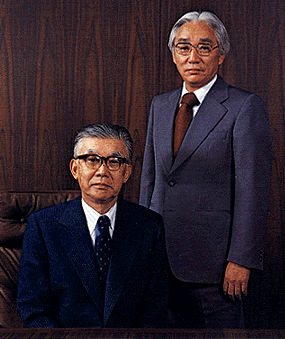
Challenges and Successes
Sony, since its inception, has been synonymous with pioneering innovations and revolutionary products. The journey of innovation began in 1950 with the development of Japan’s first magnetic tape recorder. This early success was a harbinger of Sony\"s future as a leader in the electronics industry.
Perhaps the most iconic innovation came in 1955 when Akio Morita designed a pocket-sized transistor radio tailored for the American market. Though initially slightly too large for a shirt pocket, Morita\"s marketing ingenuity led to an alteration in the salesmen\"s shirts to demonstrate its portability. This product became the first commercially successful transistor radio, marking Sony\"s entry into the global market.
In 1958, recognizing the importance of a global-friendly brand name, the company was renamed Sony. This strategic change was significant in making Sony\"s name synonymous with innovation and quality worldwide. By 1960, Sony Corporation of America was founded, and in 1961, it became the first Japanese company listed on the New York Stock Exchange, further solidifying its international presence.
The 1970s saw another groundbreaking innovation with the development of the Sony Walkman. Initially met with skepticism, the Walkman, a portable tape player without a recording function, revolutionized the way people listened to music, making it one of the most successful personal electronics products ever with over 250 million units sold.
Sony continued to set new standards in product innovation with the introduction of various pioneering products. These include the first commercial battery-powered portable TV, the first colour home video recorder, the 3 ½ inch floppy drive, 8mm video tape, and the audio CD in a joint effort with Phillips. The Trinitron tube set a new standard in TV picture quality. The 1980s saw the expansion of the Walkman brand with the launch of the Discman portable CD player.
The ethos of innovation at Sony is encapsulated in the company\"s approach to product development. It includes innovation by elimination, exemplified by the Walkman, and anticipating customer needs, often ahead of market research. Akio Morita\"s visionary leadership combined with an intuitive understanding of consumer trends has played a pivotal role in making Sony a household name in consumer electronics.

Contributions Beyond Sony
Sony, since its inception, has been synonymous with pioneering innovations and revolutionary products. The journey of innovation began in 1950 with the development of Japan’s first magnetic tape recorder. This early success was a harbinger of Sony\"s future as a leader in the electronics industry.
Perhaps the most iconic innovation came in 1955 when Akio Morita designed a pocket-sized transistor radio tailored for the American market. Though initially slightly too large for a shirt pocket, Morita\"s marketing ingenuity led to an alteration in the salesmen\"s shirts to demonstrate its portability. This product became the first commercially successful transistor radio, marking Sony\"s entry into the global market.
In 1958, recognizing the importance of a global-friendly brand name, the company was renamed Sony. This strategic change was significant in making Sony\"s name synonymous with innovation and quality worldwide. By 1960, Sony Corporation of America was founded, and in 1961, it became the first Japanese company listed on the New York Stock Exchange, further solidifying its international presence.
The 1970s saw another groundbreaking innovation with the development of the Sony Walkman. Initially met with skepticism, the Walkman, a portable tape player without a recording function, revolutionized the way people listened to music, making it one of the most successful personal electronics products ever with over 250 million units sold.
Sony continued to set new standards in product innovation with the introduction of various pioneering products. These include the first commercial battery-powered portable TV, the first colour home video recorder, the 3 ½ inch floppy drive, 8mm video tape, and the audio CD in a joint effort with Phillips. The Trinitron tube set a new standard in TV picture quality. The 1980s saw the expansion of the Walkman brand with the launch of the Discman portable CD player.
The ethos of innovation at Sony is encapsulated in the company\"s approach to product development. It includes innovation by elimination, exemplified by the Walkman, and anticipating customer needs, often ahead of market research. Akio Morita\"s visionary leadership combined with an intuitive understanding of consumer trends has played a pivotal role in making Sony a household name in consumer electronics.
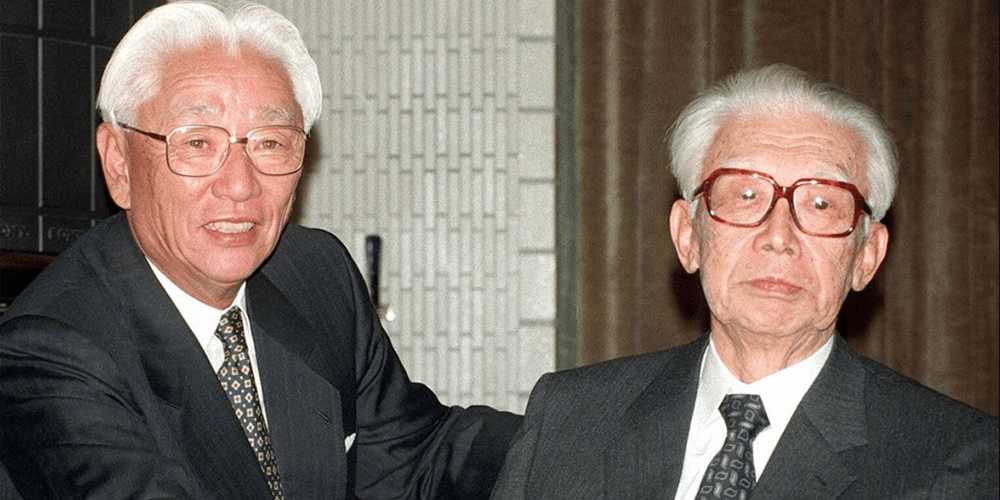
READ MORE:
Legacy and Impact on Technology
Sony, since its inception, has been synonymous with pioneering innovations and revolutionary products. The journey of innovation began in 1950 with the development of Japan’s first magnetic tape recorder. This early success was a harbinger of Sony\"s future as a leader in the electronics industry.
Perhaps the most iconic innovation came in 1955 when Akio Morita designed a pocket-sized transistor radio tailored for the American market. Though initially slightly too large for a shirt pocket, Morita\"s marketing ingenuity led to an alteration in the salesmen\"s shirts to demonstrate its portability. This product became the first commercially successful transistor radio, marking Sony\"s entry into the global market.
In 1958, recognizing the importance of a global-friendly brand name, the company was renamed Sony. This strategic change was significant in making Sony\"s name synonymous with innovation and quality worldwide. By 1960, Sony Corporation of America was founded, and in 1961, it became the first Japanese company listed on the New York Stock Exchange, further solidifying its international presence.
The 1970s saw another groundbreaking innovation with the development of the Sony Walkman. Initially met with skepticism, the Walkman, a portable tape player without a recording function, revolutionized the way people listened to music, making it one of the most successful personal electronics products ever with over 250 million units sold.
Sony continued to set new standards in product innovation with the introduction of various pioneering products. These include the first commercial battery-powered portable TV, the first colour home video recorder, the 3 ½ inch floppy drive, 8mm video tape, and the audio CD in a joint effort with Phillips. The Trinitron tube set a new standard in TV picture quality. The 1980s saw the expansion of the Walkman brand with the launch of the Discman portable CD player.
The ethos of innovation at Sony is encapsulated in the company\"s approach to product development. It includes innovation by elimination, exemplified by the Walkman, and anticipating customer needs, often ahead of market research. Akio Morita\"s visionary leadership combined with an intuitive understanding of consumer trends has played a pivotal role in making Sony a household name in consumer electronics.
Sony, since its inception, has been synonymous with pioneering innovations and revolutionary products. The journey of innovation began in 1950 with the development of Japan’s first magnetic tape recorder. This early success was a harbinger of Sony\"s future as a leader in the electronics industry.
Perhaps the most iconic innovation came in 1955 when Akio Morita designed a pocket-sized transistor radio tailored for the American market. Though initially slightly too large for a shirt pocket, Morita\"s marketing ingenuity led to an alteration in the salesmen\"s shirts to demonstrate its portability. This product became the first commercially successful transistor radio, marking Sony\"s entry into the global market.
In 1958, recognizing the importance of a global-friendly brand name, the company was renamed Sony. This strategic change was significant in making Sony\"s name synonymous with innovation and quality worldwide. By 1960, Sony Corporation of America was founded, and in 1961, it became the first Japanese company listed on the New York Stock Exchange, further solidifying its international presence.
The 1970s saw another groundbreaking innovation with the development of the Sony Walkman. Initially met with skepticism, the Walkman, a portable tape player without a recording function, revolutionized the way people listened to music, making it one of the most successful personal electronics products ever with over 250 million units sold.
Sony continued to set new standards in product innovation with the introduction of various pioneering products. These include the first commercial battery-powered portable TV, the first colour home video recorder, the 3 ½ inch floppy drive, 8mm video tape, and the audio CD in a joint effort with Phillips. The Trinitron tube set a new standard in TV picture quality. The 1980s saw the expansion of the Walkman brand with the launch of the Discman portable CD player.
The ethos of innovation at Sony is encapsulated in the company\"s approach to product development. It includes innovation by elimination, exemplified by the Walkman, and anticipating customer needs, often ahead of market research. Akio Morita\"s visionary leadership combined with an intuitive understanding of consumer trends has played a pivotal role in making Sony a household name in consumer electronics.

